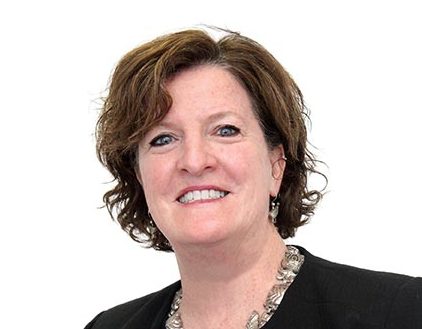Spring should be bursting about the time you all open up Carroll Magazine, a thought that seems too distant as a March snowstorm buries cars, driveways and campuses while I write.
About the time spring arrives, the heat rising from Fifty Shades of Grey might evaporate, too. The sexual heat may cool, but I hope conversations will not.
What I appreciate about Shades are the debates that the books and movie engendered. Whether you opted to turn the pages, watch steamy movie scenes or, like me, do neither, it is important to know both sides of swirling debates.
You should know why the movie that has empowered more women to explore erotica has also been referred to as “Fifty Shades of Rape,” “Fifty Shades of Coercive Sex,” “Fifty Shades of BS,” “Fifty Shades of Bad Writing,” “Fifty Shades of Abuse,” and “Fifty Shades of Domestic Abuse,” to name a few.
We should all welcome conversations about consent, sexuality and gender roles. Those conversations are important, especially among the gazillion people who saw Fifty Shades of Grey or boosted book sales to more than 1 million copies.
If you are going to go there, get up in it.
Then, perhaps, we might address a widespread sexual illiteracy.
“I find it amazing that this country at this point is going to spill quantities of ink talking about Fifty Shades, when it doesn’t even have a basic education on sex,” Esther Perel, a sex therapist, told a journalist for the Atlantic. “It’s like you’re introducing alcohol to people who haven’t had any water in years.”
In addition to (or instead of) Fifty Shades of Grey, turn to other sources for accurate information about sex and sexuality. The American Sexual Health Association, the National Coalition for Sexual Freedom, and even David Ortman’s novel Sexual Outsiders address topics that ineptly unfold in Fifty Shades of Grey.
Accepting Fifty Shades of Grey as a go-to source for erotica is like taking a plastic rose over a fragrant 75-petaled Iceberg Floribunda rose. It’s like being satisfied with a $1 floral card instead of floral print by Georgia O’Keeffe.
Movies like The Red Violin, The Big Easy and Henry and June, and books like Delta of Venus by Anais Nin, The Awakening by Kate Chopin and Lolita by Vladimir Nabokov explain why I have opted not to sink into Fifty Shades of Grey.
After I escape into the above-noted thrills, I talk. I explore and I talk — with people who share my thrills and with people who just cannot understand them. Because by talking with people who agree and disagree with me, I continue to learn and respect more about others and myself.
Fifty Shades of Grey sparked necessary conversations and debates. As the movie’s popularity fades, I hope conversations will continue. In fact, share your opinions and resources with magazine readers via readerswrite@carrollmagazine.com, Carroll Magazine’s Facebook page or on Twitter.
Then we might learn more about topics that tend to make us itchy. We are more likely to make wiser choices and still adhere to our values —– no matter how diverse those values may be.
Amazing Peace,
Lisa Breslin

